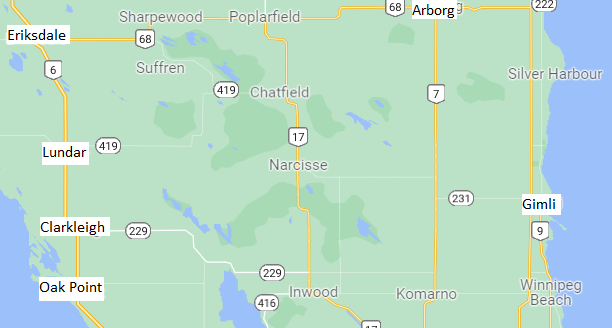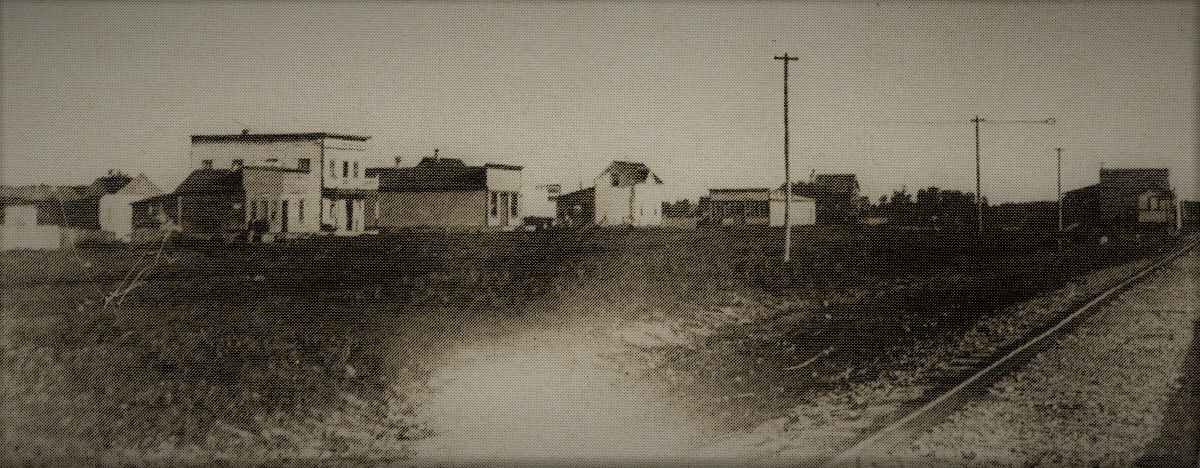 Lundar is a town east of Lake Manitoba, 120 km (75 miles) from Winnipeg. The name Lundar comes from the fact that Hinrik Jónsson took over the post office in a new settlement on the east side of Lake Manitoba. He married Oddný Ásgeirsdóttir who was from Lundum in Stafholtstunga in Mýrasýsla. He applied to the Ottawa Post Office asking for his post office to be called Lundum. In this office, new post offices were named and located in the many settlements of Manitoba. Hinrik received a permit for an open post office and it was to be called Lundar. The name had been misspelled.
Lundar is a town east of Lake Manitoba, 120 km (75 miles) from Winnipeg. The name Lundar comes from the fact that Hinrik Jónsson took over the post office in a new settlement on the east side of Lake Manitoba. He married Oddný Ásgeirsdóttir who was from Lundum in Stafholtstunga in Mýrasýsla. He applied to the Ottawa Post Office asking for his post office to be called Lundum. In this office, new post offices were named and located in the many settlements of Manitoba. Hinrik received a permit for an open post office and it was to be called Lundar. The name had been misspelled.
Icelandic settlers

Lundar in 1912. Photo: WtW
Settlement on the east side of Lake Manitoba, where today the towns of Lundar and Eriksdale stand, began in 1887. Jón Sigfússon took land where the village of Clarkleigh stands, started farming and opened a shop in his home. A few years later he sold and bought land near Lundar. There he built a large home and began a retail business. He later moved to the village, opened a shop there and ran it until 1930. Many came from Iceland in the year in question, following the advice of the provincial’s agents who pointed out the area between Lundar and Eriksdale. In the years that followed, many moved to Lundar, some directly from Iceland and others from various places in Manitoba. Agents in Winnipeg pointed out to settlers the future plans of a railroad company who were planning to lay a track from Winnipeg north along the east shore of Lake Manitoba all the way north to Hudson Bay. Construction began in Winnipeg, but was postponed until 1888, and it was not until 1904 that the track reached Oak Point. In 1910, the railway station was built in Lundar and immediate development began in the village, some moved their houses from nearby farms to a plot in the village. In just a few years, Lundar became a center of trade, services and education.
